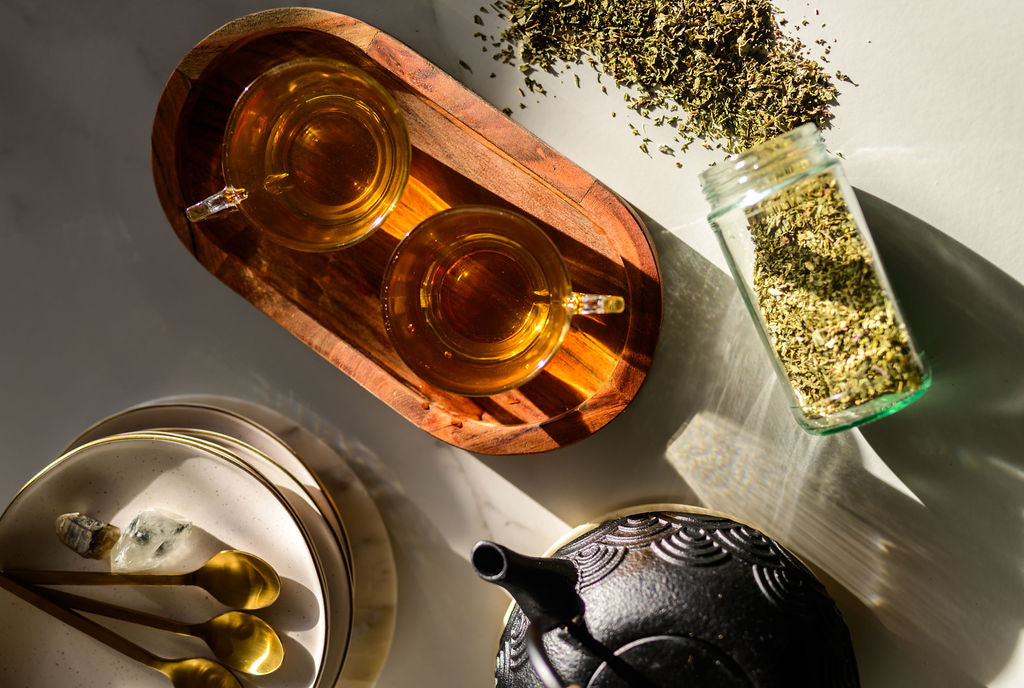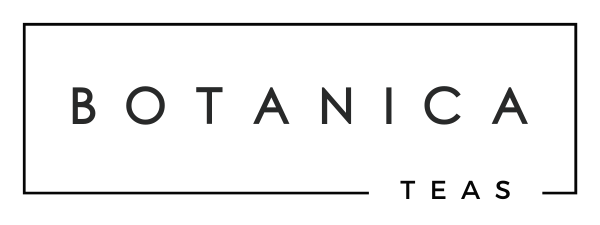
HERBAL TERMINOLOGY
Herbalism has a rich vocabulary that reflects its deep history and diverse practices. Understanding these terms is useful for navigating the world of medicinal plants and their uses.
-
Adaptogen
Herbs that help the body adapt to stress and restore balance. They support overall resilience and energy.
Examples: Ashwagandha, Eleuthero.
-
Alterative
Herbs that support the body’s natural detoxification processes - restoring body functions.
Examples: Burdock, Red Clover.
-
Analgesic
Relieves pain.
Examples: Meadowsweet.
-
Anthelmintic
Expels worms and parasites.
Examples: Wormwood.
-
Anti-bacterial
Kills bacterial growth.
Examples: Echinacea.
-
Anti-depressant
Herbs that support and uplift the mood.
Examples: St. Johns Wort, Holy Basil.
-
Anti-inflammatory
Herbs that reduce inflammation.
Examples: Turmeric, Ginger.
-
Antimicrobial
Herbs that kill or inhibit the growth of microorganisms.
Examples: Garlic, Oregano.
-
Antioxidant
Herbs that protect cells from damage caused by free radicals.
Examples: Rosehips, Hibiscus.
-
Antispasmodic
Herbs that relieve muscle spasms and cramping.
Examples: Cramp Bark, Valerian.
-
Astringent
Herbs that contract and tighten tissues, reducing secretions and inflammation.
Examples: Witch Hazel, Raspberry Leaf
-
Bitter
Stimulates digestion and tones the stomach.
Examples: Dandelion Root.
-
Carminative
Herbs that relieve gas, bloating, and digestive discomfort by relaxing the intestinal muscles. Examples: Ginger, Peppermint.
-
Demulcent
Herbs that soothe and protect irritated or inflamed tissues by forming a protective film.
Examples: Marshmallow Root, Licorice.
-
Diaphoretic
Promotes insensible perspiration.
Examples: Cayenne.
-
Diuretic
Herbs that increase urine production, promoting the elimination of excess fluid and supporting kidney function.
Examples: Dandelion, Nettle.
-
Emmenagogue
Herbs that stimulate menstrual flow.
Examples: Raspberry.
-
Expectorant
Herbs that help expel mucus from the respiratory system.
Examples: Mullein. -
Galactagogue
Herbs that promote lactation.
Examples: Blessed Thistle.
-
Hepatic
Supports and tones the liver, stimulating bile.
Examples: Barberry, Milk Thistle, Dandelion Root.
-
Immunomodulator
Supports or balances the immune system.
Examples: Echinacea, Astragalus.
-
Laxative
Stimulates bowl evacutation.
Examples: Senna.
-
Lymphatic
Herbs that stimulate the lymphatic system to promote detoxification.
Examples: Cleavers, Calendula.
-
Nervine
Herbs that support the nervous system, helping to calm, soothe, or promote relaxation.
Examples: Lemon Balm, Chamomile.
-
Sedative
Herbs that promote relaxation and help with sleep.
Examples: Valerian, Passionflower, Skullcap.
-
Stimulant
Herbs that increase energy and alertness.
Examples: Ginseng, Eleuthero.
-
Tonic
Herbs that promote general health and well-being by supporting the function of specific organs or systems over time.
Examples: Nettle, Dandelion.
-
Vulnerary
Herbs that promote wound healing.
Examples: Calendula, Comfrey.
-

HERBAL DICTIONARY
LEARN MORE -

HERBAL TERMS
LEARN MORE -

HERBAL PREPARATIONS
LEARN MORE



